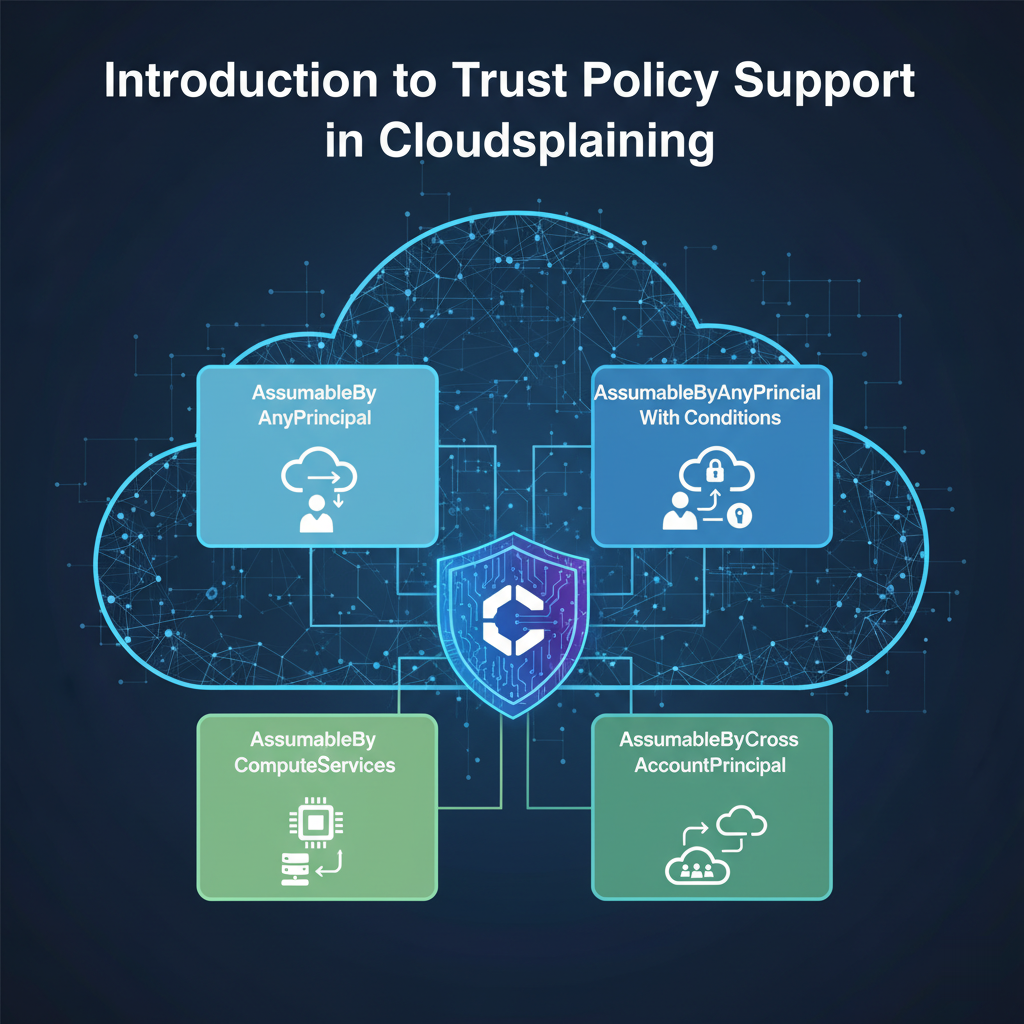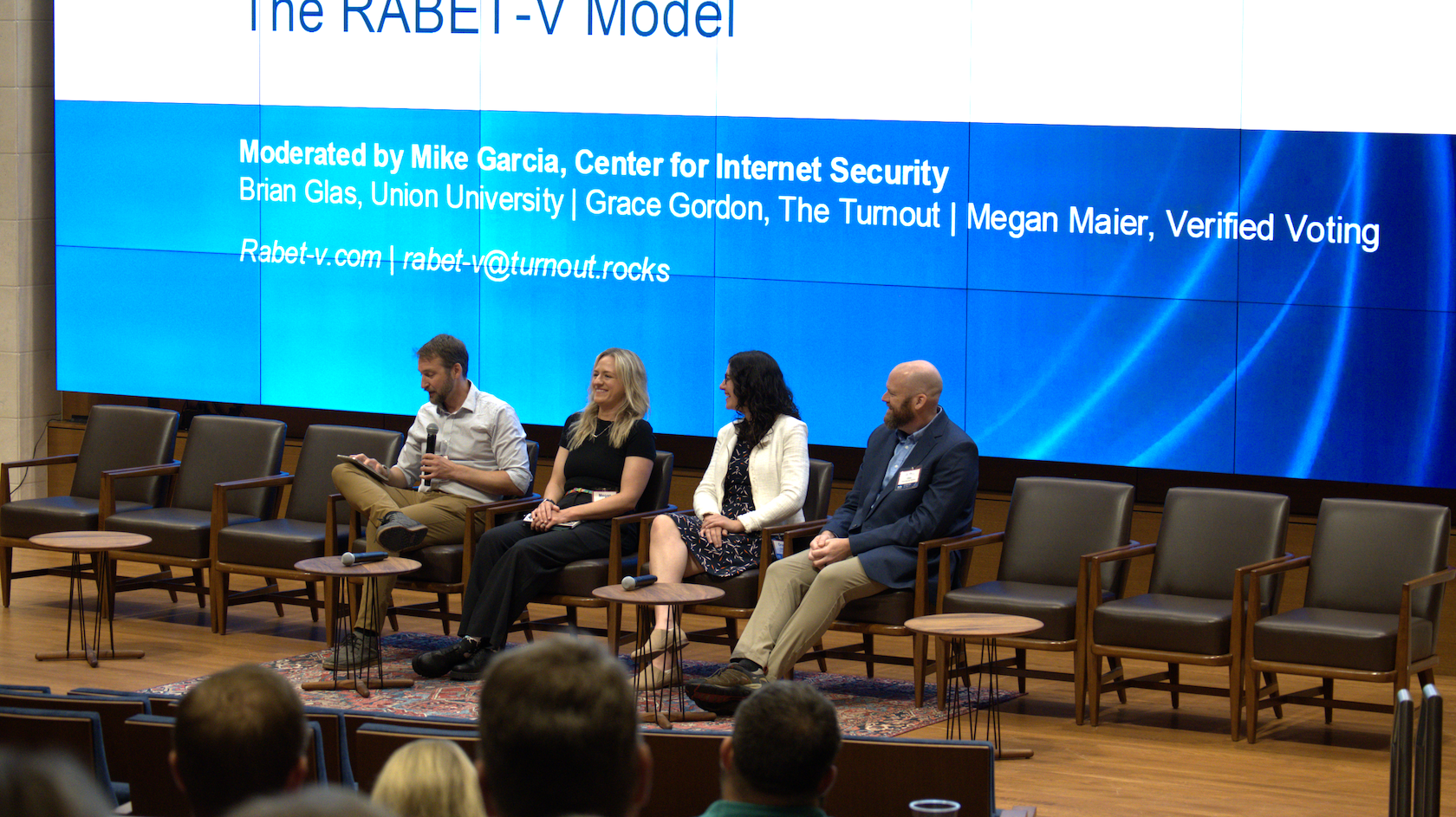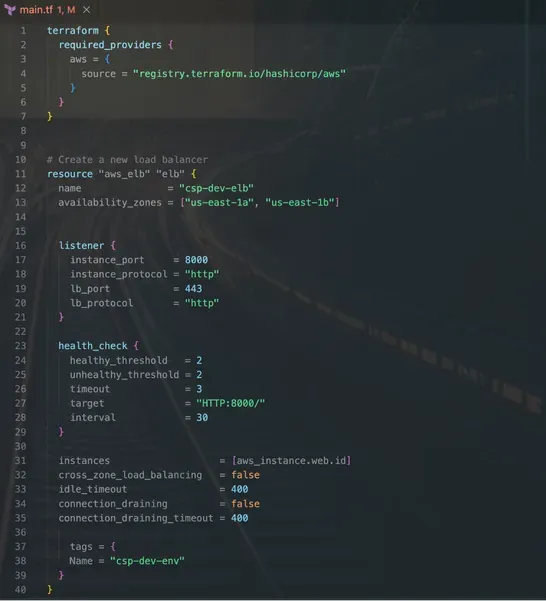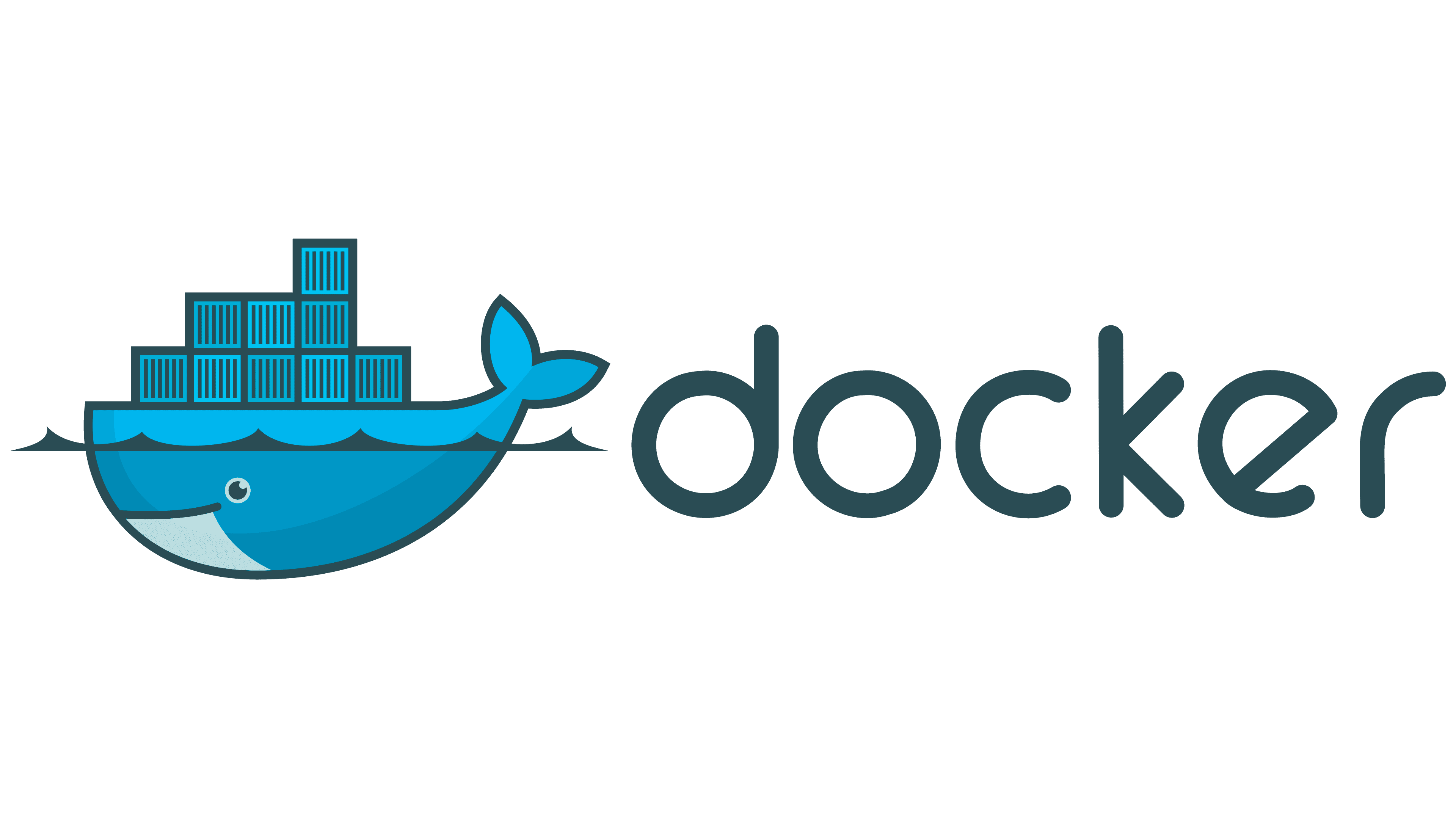Blog

All Articles
Explore insights and updates on AI, Security, Cloud, and more. Stay informed with our latest articles covering the technologies shaping the future—hand-picked to keep you ahead.
Stay in the loop.
Subscribe for the latest in AI, Security, Cloud, and more—straight to your inbox.
Oops! Something went wrong while submitting the form.

This Month in Security: September 2025 - Google Chrome Zero-Day, Email Abuse Campaigns, OAuth Application Attacks and More
Jordan Darrah
-
September 29, 2025

This Month in Security: August 2025 - Kerberos Zero-Day, Nx Supply Chain Compromise, and more
Jordan Darrah
-
August 29, 2025

Preparing for the Post-Quantum Era: How Quantum Computing Threatens Modern Cryptography
CSP Team
-
August 12, 2025

This Month in Security: July 2025
Jordan Darrah
-
July 31, 2025

This Month in Security: June 2025
Jordan Darrah
-
June 30, 2025

Your First Cloud Security Assessment: A Complete Guide & Checklist
CSP Team
-
June 3, 2025
.webp)

.jpg)
This Month in Security: April 2025
Jordan Darrah
-
April 30, 2025

Breaking Into AppSec: Hack Your Way Into Cybersecurity!
CSP Team
-
February 27, 2025




.png)



















